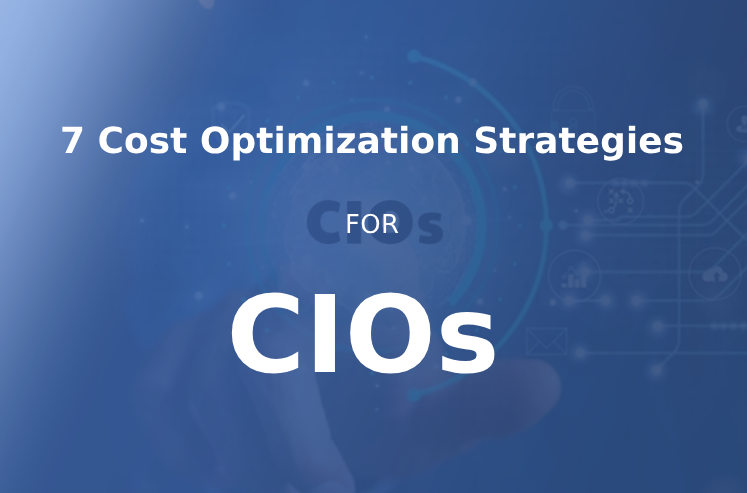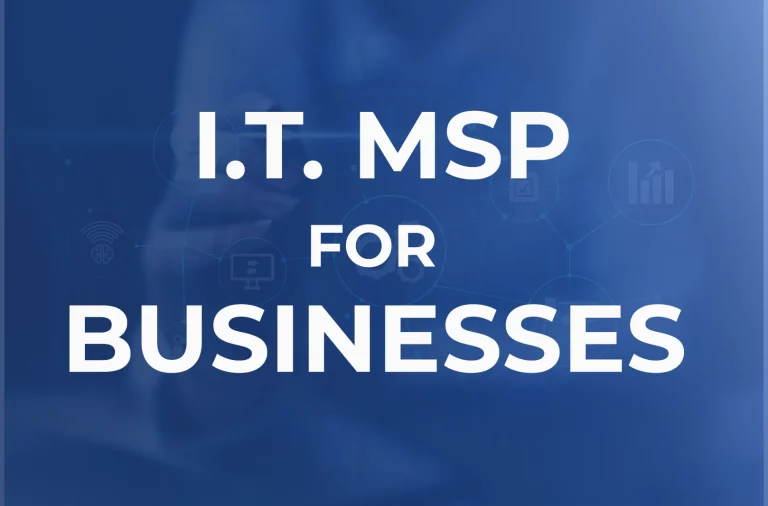In the modern world, which moves quickly and is always changing, technology is an important part of how any business runs.
Businesses must adopt new technology to streamline internal operations, improve consumer interactions, and boost output to stay competitive. But, putting these technologies into action calls for meticulous preparation and execution, which is where project management comes in.
According to a PMI poll, 75% of CEOs consider project management “extremely vital” or “critical” to their business performance. 97% of companies say project management is essential to business success.
IT projects must be managed well to finish on schedule, within budget, and achieve their goals.
In a survey conducted by Wrike, 94% of respondents said that project management is critical to the success of their organizations.
It assists teams in maintaining organization, establishing priorities among tasks, and ensuring that all members are working toward the same goals.
The Standish Group‘s CHAOS Study found that 29% of IT efforts succeed and 52% fail.
This article will cover IT project managers’ most common problems and the best tools and principles for managing IT projects.
The Role of a Project Manager in Information Technology
In the IT field, the project manager is responsible for overseeing the entire project life cycle, from planning to closure. Their role is to ensure the project is completed on schedule, within budget, and achieves its objectives. Additionally, they manage the team, resources, and stakeholders involved in the project.
The PMI‘s Guide to the Project Management Body of Knowledge (PMBOK) states that a project manager leads the team and manages scope, schedule, money, quality, human resources, communications, risk, procurement, and stakeholder involvement.
The project manager acts as the liaison between the project team and stakeholders, ensuring clear and concise communication between all parties. They need to be able to identify potential problems and risks early on and take preventative measures to address them. Ultimately, it’s the project manager’s responsibility to ensure that the project is completed successfully and achieves the business objectives.
In a report by the International Data Corporation (IDC), project managers were found to be one of the most in-demand IT roles in 2020.
Challenges Faced by IT Project Managers
The PMI found that IT project managers struggle most with stakeholder expectations, scope creep, project risks, resources, and schedules.
A report by the Standish Group found that the most common reasons for project failure were lack of user involvement, incomplete requirements and specifications, changing requirements and specifications, and lack of executive support
Managing IT projects comes with its unique set of challenges. Some of the most common issues faced by IT project managers include:
Scope Creep:
This refers to the gradual expansion of a project’s scope beyond its initial plan. Scope creep can lead to cost overruns, delayed completion, and dissatisfied stakeholders.
Communication:
Communication is essential to the success of any project, but it’s especially important in IT projects. The project manager must ensure that team members, stakeholders, and vendors are communicating effectively to prevent misunderstandings and delays.
Resource Management:
Allocating resources can be challenging, particularly when multiple priorities need to be met. The project manager must ensure that the appropriate resources are allocated to the project at the right time.
Managing Change:
IT initiatives often experience changes due to evolving business needs, advances in technology, or unexpected events. The project manager must remain flexible and keep the project on schedule despite any changes.
Integration with Existing Systems:
Integrating new technologies with pre-existing networks or computer systems can be challenging and time-consuming. The project manager must ensure that the integration is seamless and doesn’t disrupt business operations.
Budget and Time Constraints:
IT projects often face severe constraints on both their budgets and timelines. The project manager must ensure that the work is completed on time and within budget.
Risk Management:
IT projects face various risks, including security breaches, technology failures, and non-compliance with regulations. The project manager must identify potential risks and take preventative measures to address them.
Top Tools and Software for IT Project Management
In a report by Gartner, Jira was ranked as a leader in the Agile Development Tools Magic Quadrant, with Trello and Asana as challengers
Using the right tools and software is crucial for successful project management. Some of the most effective tools and programs used in IT project management include:
Jira:
Jira is an application used for managing projects in agile software development. It simplifies the process of planning, tracking, and releasing software for teams. It offers customizable processes, issue tracking, and reporting capabilities.
Trello:
Trello helps teams manage and prioritize tasks through boards, lists, and cards. It enables team collaboration, task assignment, and progress monitoring.
Asana:
Asana is a project management platform that offers various capabilities, including task management, team collaboration, project monitoring, and reporting. Asana provides a centralized location where teams can assign projects, schedule due dates, and communicate overall progress.
Smartsheet:
Smartsheet is a cloud-based project management solution that allows teams to plan, track, and automate work processes. It offers features such as Gantt charts, resource management tools, and project management templates.
Microsoft Project:
Microsoft Project is a project management tool that includes functions such as task scheduling, resource management, and progress monitoring. It is compatible with Microsoft Office Suite, including Excel, Word, and PowerPoint.
Slack:
Slack is a messaging application that allows teams to communicate and collaborate more effectively. It offers functionalities such as video conferencing, file sharing, and real-time messaging.
Zoom:
Zoom is a video conferencing platform that enables teams to hold virtual meetings, webinars, and conferences. It offers screen sharing, recording, and virtual background capabilities.
Tips for Effective Project Management in Information Technology
Here are some practical tips that IT project managers can implement to improve their workflow and optimize their team’s performance:
Establish Project Boundaries:
It’s important to establish project boundaries early on to prevent goals and objectives from becoming unmanageable. Stakeholders need to fully comprehend the project’s goals and objectives.
Create Clear Communication Channels:
Establishing clear and effective communication channels between team members, stakeholders, and vendors is essential to prevent confusion and ensure accountability. Collaboration platforms such as Slack and Zoom can help ensure clear and concise communication.
The Project Management Institute recommends setting clear project boundaries and maintaining effective communication as two key factors for project success.
Assign Clear Roles and Responsibilities:
Assigning clear roles and duties to each team member is essential to prevent confusion and ensure accountability.
Plan and Prioritize Tasks:
Using project management software such as Jira and Trello, plan and prioritize tasks. Gantt charts can help visualize timelines and dependencies between tasks.
Monitor Project Progress:
Regularly monitoring project progress is important to identify potential problems early on. Tracking tools such as Asana and Smartsheet can help monitor progress and identify bottlenecks in the process.
Project management professionals propose employing project management tools, monitoring progress, and risk assessments to assure project success in Forbes.
Prepare for Change:
Ensure you are ready for any changes that may occur in the project’s scope, timeframe, or budget. Properly document any modifications and utilize available mechanisms for change management.
Conduct Risk Assessments:
Conduct risk assessments regularly to identify potential risks and find ways to reduce them. Risk management solutions such as Microsoft Project can help detect potential hazards and take preventative measures.
Real-World Examples of Effective IT Project Management
Here are some real-world examples of effective IT project management:
Apple:
The launch of the Apple iPhone in 2007 is an excellent example of effective project management. The iPhone was a complex project that required coordination between multiple departments, clear and consistent communication, and careful organizational planning.
Amazon:
Amazon successfully moved all of its data storage to Amazon Web Services (AWS). The project required the migration of thousands of applications and services to the cloud while minimizing downtime and ensuring data security.
NASA:
The Mars Rover project managed by NASA is a model of effective project management in a complicated and challenging environment. The project involved building and sending a robotic rover to Mars while avoiding equipment failure and communication delays.
There is no better option than the B2B IT support services provided by ITAdOn if you are searching for dependable and efficient IT help for your company. We have a staff of highly skilled IT professionals on hand who can modify solutions in order to cater to the requirements that you have outlined.
Get in touch with ITAdOn right now to find out more about our services and the ways in which we can assist with the expansion of your company in the digital age.
If this blog proved helpful insight, read our corporate cybersecurity blog which will provide valuable information about Password and network security safeguard for your organization from cyberattacks.
Keytakeaways:
- Efficient project management is crucial for successful IT initiatives.
- IT project managers are responsible for monitoring the project lifecycle, managing resources and stakeholders, and maintaining clear communication.
- Common challenges for IT project managers include scope creep, communication, resource management, managing change, integration, budget and time constraints, and risk management.
- Popular tools for IT project management include Jira, Trello, Asana, Smartsheet, and Microsoft Project.
- Tips for effective IT project management include establishing clear project boundaries, effective communication, clear roles and responsibilities, planning and prioritizing tasks, monitoring progress, preparing for change, and carrying out risk assessments.
- Apple’s iPhone launch, Amazon’s AWS migration, and NASA’s Mars Rover mission are instances of good IT project management.
- If you need reliable and effective IT support for your business, contact ITAdOn’s B2B IT support services. Our experienced IT professionals can provide customized solutions to meet your specific needs.






